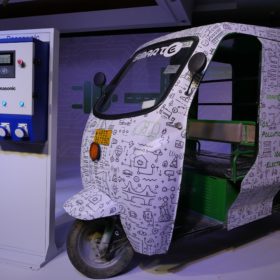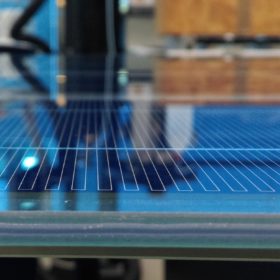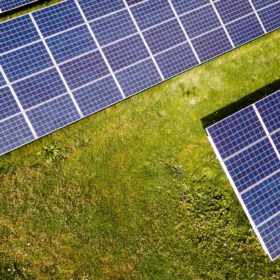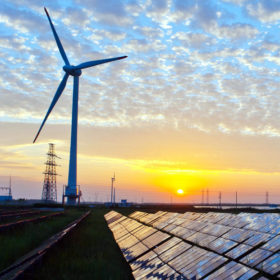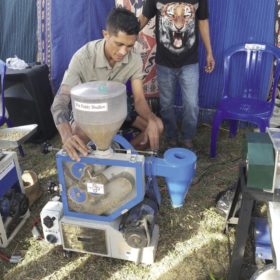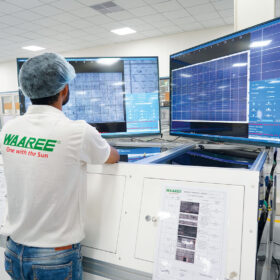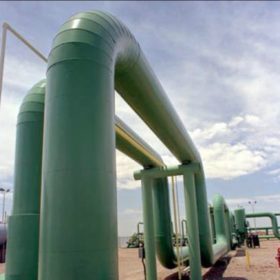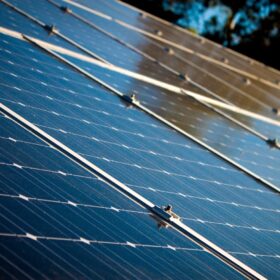Indian electric rickshaw market could hit US$1.4 billion by 2025
The electric rickshaw market would grow at 33.3% annually over five years to touch $1,394.2 million by 2025.
Borosil Renewables posts a 74.3% y-o-y revenue growth in first nine months
The Indian solar glass manufacturer reported net revenue of around INR 300 crore during the current fiscal’s nine months ended December 2020, with the best-ever quarterly earnings of INR 140 crore coming from the third quarter.
Modular lift system for solar panels
Altrex, a scaffolding and ladder producer in the Netherlands, has developed a new modular lift solution for solar panels. The system can raise one solar panel at a time and can be operated by a single installer using nothing other than a cordless drill, the company claims.
Indian trough highlighted by Chinese solar glassmaker
Xinyi Solar has posted bullish annual figures on the back of an astonishing rebound in the global market following Covid travails at the start of 2020. There is one national market, however, which has not been invited to the party.
Ieefa proposes a three-pronged approach for grid firming
A new report discusses battery storage, green hydrogen, and flexible coal-fired power generation as key grid firming options for India as solar and wind are poised to form 51% of the nation’s total installed generation capacity by 2030.
BloombergNEF expects up to 209 GW of new solar for this year
A new report from the U.S.-based analyst predicts that new PV additions for 2021 may range from 163 to 221 GW next year and from 179 to 240 GW in 2023. According to BloombergNEF, the current supply bottlenecks for glass and polysilicon will unlikely halt the global PV market.
The long read: Filling the energy technology, poverty gap
Advanced technology is of little use if it cannot reach those who need it most. Two Indonesian companies – Kopernik, an NGO based in Bali, and Sumba Sustainable Solutions, from the island of Sumba – are trying to bridge the gap between those in need and those with technological solutions. They both focus on the PV electrification of rural areas and brightening Indonesia’s “last mile.”
New approach to automating peer-to-peer renewables distribution
Sony lab and LF Energy are developing a new approach to enable peer-to-peer microgrid energy trading, so remote communities can store and distribute energy without connecting to large-scale power stations or distribution grids.
The long read: What Asia needs to turn away from coal
Given the rapid decrease of the solar electricity cost, pv magazine explores the drivers and obstacles behind switching off coal and embracing photovoltaics and other renewable energy technology in Asia. The good news: things are moving in the right direction.
World Bank signs up for $56m slice of renewables developer’s first green bond
The development lender’s private-sector arm helped Indian commercial clean power company Continuum Green Energy raise $561 million to refinance its debts through the bond, on the Singapore exchange.
